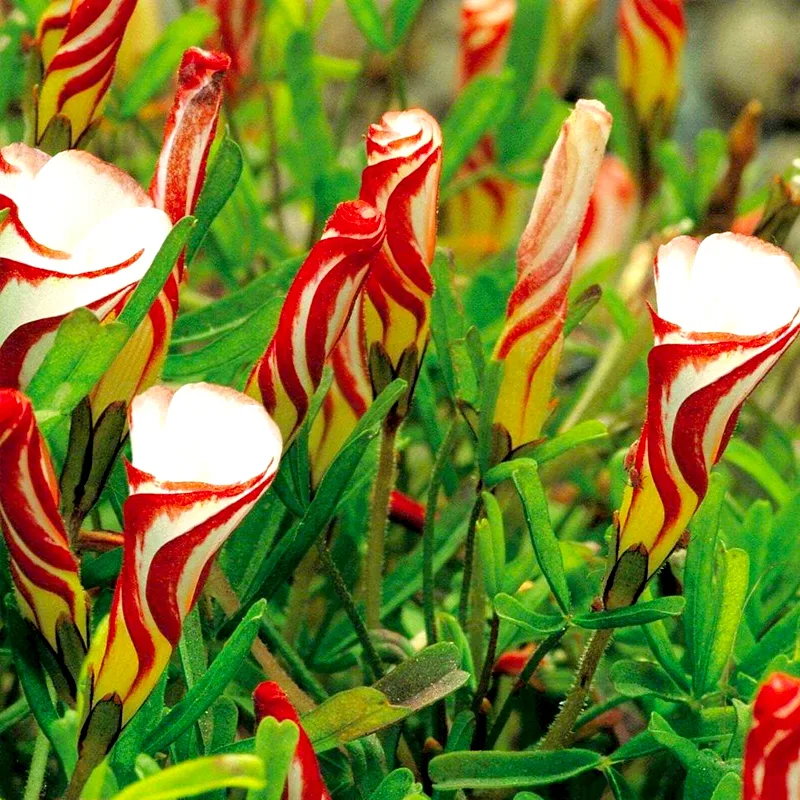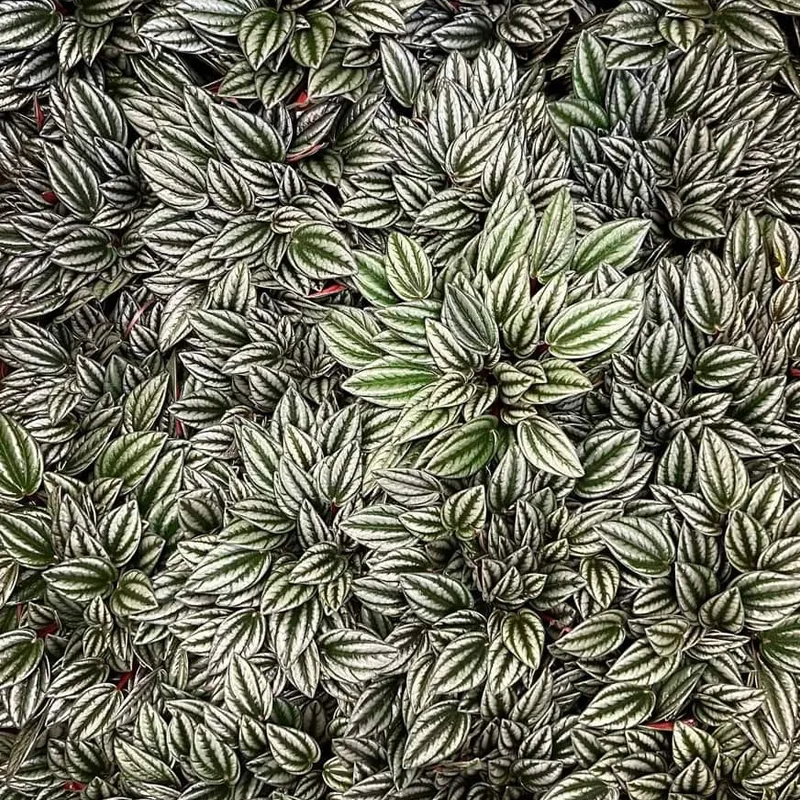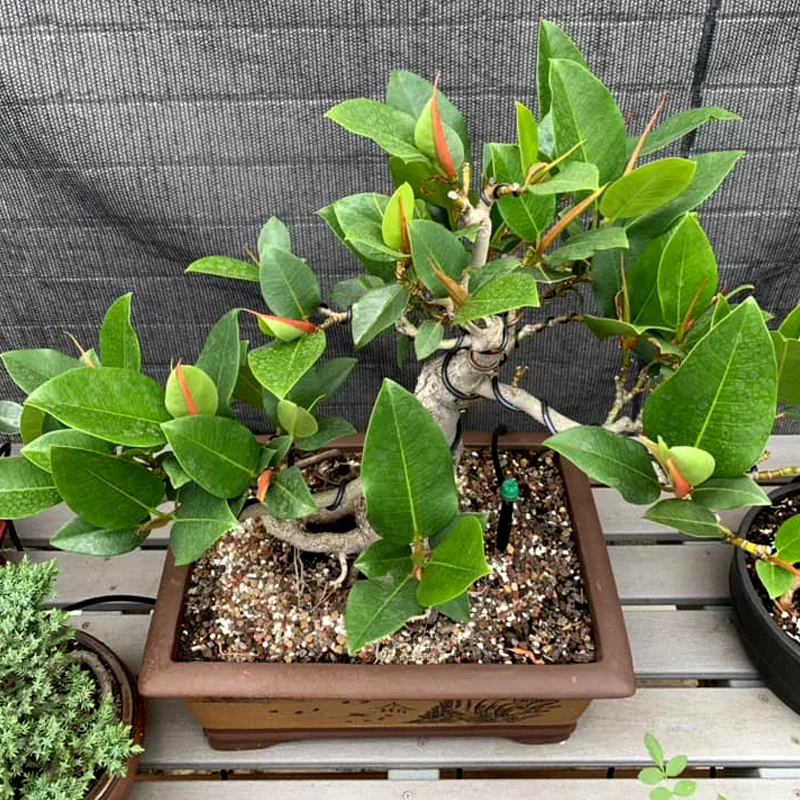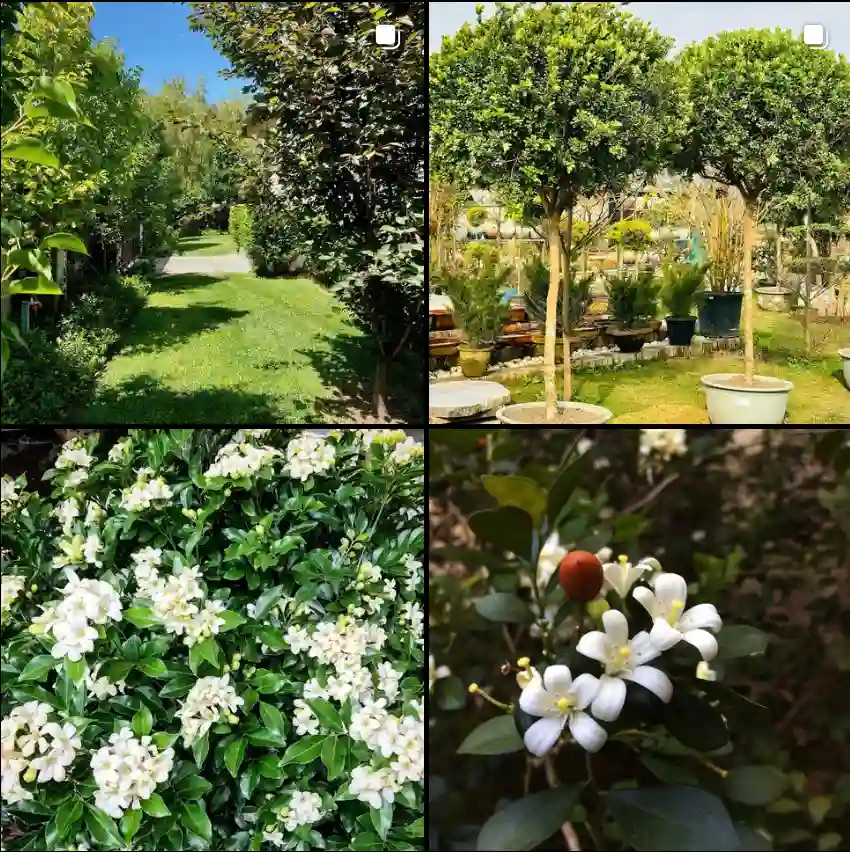FAQs About Rosa Foetida
Rosa Foetida, also known as the Austrian Copper Rose or Persian Yellow, is a striking and unique species of rose. Its bright yellow or coppery-orange blooms are eye-catching, and it has been used for centuries in breeding yellow-colored roses. In this article, I’ll dive into some frequently asked questions about Rosa Foetida and share insights on its care, propagation, and much more.
391 Species in Genus Rosa
What is Rosa Foetida?
Rosa Foetida is a species of rose native to the mountainous regions of Central Asia, particularly Iran and Afghanistan. It’s famous for its vibrant yellow flowers, which were historically rare in roses. The plant typically grows as a shrub, reaching heights of about 6 to 10 feet. The name “Foetida” comes from the somewhat unpleasant scent the flowers give off, but its beauty more than makes up for it.
How to Care for Rosa Foetida?
Rosa Foetida can be a bit more temperamental than your average garden rose, but with the right care, it will thrive. Here’s how to keep it healthy:
- Sunlight: Like most roses, Rosa Foetida loves full sunlight. Make sure to plant it in a spot where it gets at least 6 hours of direct sunlight each day.
- Soil: Well-drained soil is key. It prefers slightly acidic soil, so if your garden leans toward alkaline, adding organic matter like compost can help balance the pH.
- Watering: It requires moderate watering. Water deeply but ensure that the soil dries out between waterings. Overwatering can lead to root rot.
- Pruning: Pruning is essential to maintain the shape and health of the plant. Cut back dead or weak stems in late winter or early spring before new growth begins.
How to Propagate Rosa Foetida?
Propagating Rosa Foetida can be done through cuttings or seeds, though cuttings are the most reliable method. Here’s how I usually propagate it:
- Select a healthy stem: Choose a stem from the current season’s growth.
- Cut a 6-inch piece: Make sure the cutting has at least 3-4 leaves.
- Remove lower leaves: Strip off the leaves from the bottom half of the cutting.
- Plant the cutting: Dip the end in rooting hormone and plant it in a pot with well-draining soil.
- Keep it moist: Water regularly and keep the soil moist but not soggy. After a few weeks, roots should begin to develop.
What to Plant with Rosa Foetida?
Companion planting is key to creating a balanced and beautiful garden. Some great options to plant with Rosa Foetida include:
- Lavender: The purple blooms of lavender complement the yellow flowers of Rosa Foetida, and its scent can help mask the less-than-pleasant smell of the rose.
- Catmint (Nepeta): This low-growing plant is another great companion. Its blue flowers provide a stunning contrast to the rose’s vibrant colors.
- Marigolds: These yellow or orange blooms enhance the color palette while helping deter pests from your rose.
Is Rosa Foetida Toxic?
Rosa Foetida is generally considered non-toxic to humans and pets, which makes it a safe choice for most gardens. However, it’s important to note that some parts of the plant, like the thorns and rose hips, can be mildly irritating if handled improperly.
Benefits of Growing Rosa Foetida
Growing Rosa Foetida offers numerous benefits, particularly if you’re looking to add a burst of color to your garden. Here are some of its top perks:
- Unique Color: Its rich yellow hue is rare in roses, making it a standout feature in any garden.
- Breeding Potential: Rosa Foetida has been used in breeding programs to introduce yellow coloring into other rose varieties.
- Hardiness: This rose can withstand cooler climates and is relatively drought-resistant once established.
Common Problems with Rosa Foetida
Despite its beauty, Rosa Foetida is prone to a few common issues. Understanding these problems will help you keep the plant healthy:
- Black Spot: This fungal disease is the most significant issue. The yellow leaves will develop black spots, eventually falling off. Regular pruning, good air circulation, and the use of fungicides can help prevent this.
- Powdery Mildew: Another common problem, especially in humid environments. Keeping the plant well-spaced and using a fungicide spray can help control it.
- Pests: Aphids and spider mites are frequent visitors. Insecticidal soap or neem oil can be used to treat infestations.
How Does Rosa Foetida Compare to Similar Roses?
Rosa Foetida is often confused with other yellow roses, especially the Rosa Banksiae Lutea, but there are distinct differences. Unlike Rosa Foetida, Rosa Banksiae Lutea is thornless and produces smaller, more numerous flowers in clusters. The scent also differs; Rosa Banksiae Lutea has a more pleasant fragrance compared to Rosa Foetida’s muskier odor.
In terms of growing habits, Rosa Foetida tends to grow taller and bushier, while Rosa Banksiae Lutea has a more sprawling, vine-like growth. If you’re looking for a low-maintenance climber, Rosa Banksiae might be a better choice. But if you want bold, bright flowers with a bit of history behind them, Rosa Foetida stands out.
Conclusion
Rosa Foetida is a unique rose that offers vibrant color, historical significance, and a bit of a challenge for gardeners. While it may not be the easiest rose to care for, its beauty and distinctiveness make it well worth the effort. By understanding its care needs, propagation methods, and common problems, you can enjoy the striking blooms of this rare rose in your garden. Whether you’re growing it for its aesthetic value or as part of a breeding program, Rosa Foetida will surely bring something special to your space.
If i die, water my plants!



